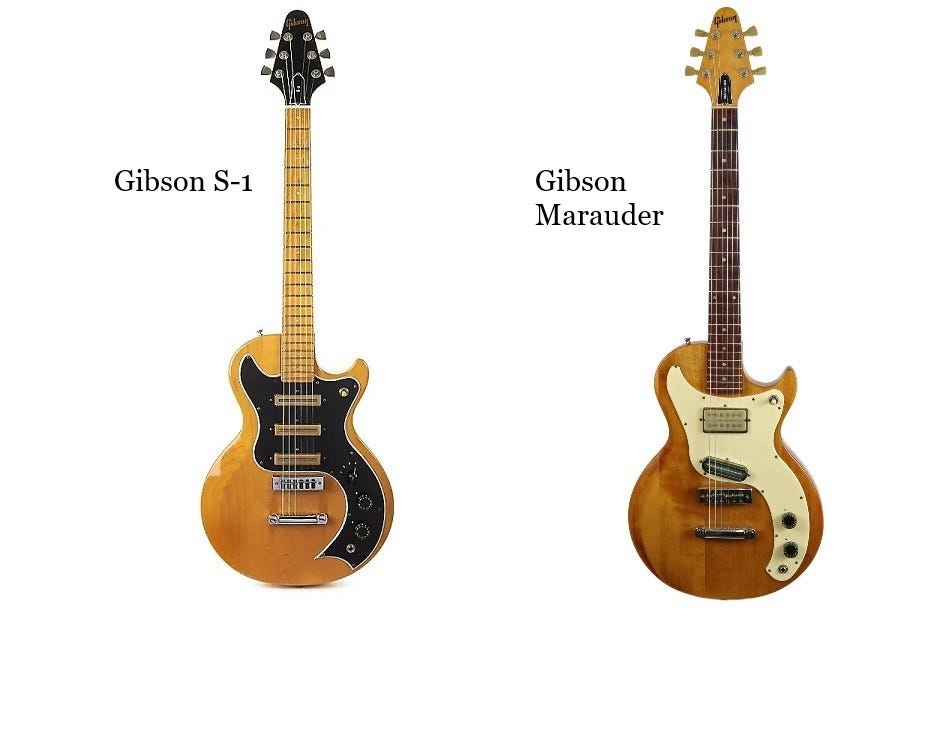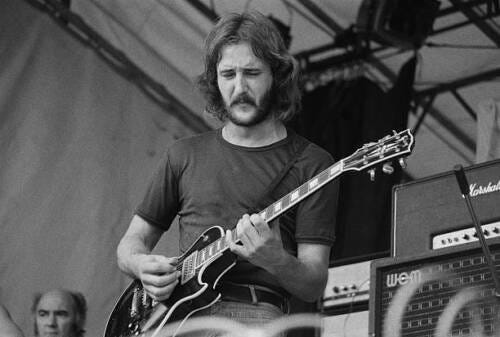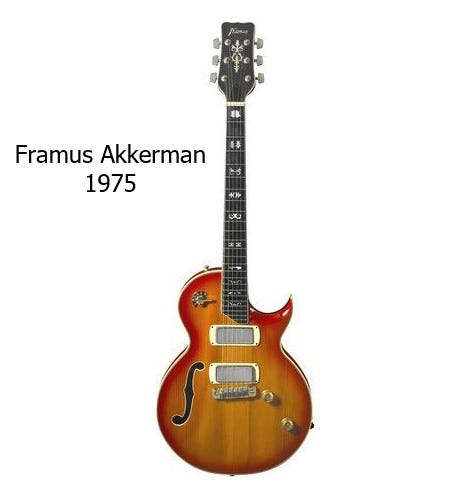Guitar Gavel “Gear” Of The Week with Will Ray - Will Ray Tribute Custom G&L
Will gives us the lowdown on a custom Will Ray G&L tribute model. Modified by his friend Mac Whiteside, the two of them went completely overboard.
As Will says in the video, “to be honest, it’s just way more switches than you need on a guitar, but we had to do it to find out what it would sound like.” You’ll have to watch it to see what he means.
Will’s favorite settings? The normal ones. “As you get older, you get confused more, you know, when you have too many choices.”
5:07- Let’s see what she can do.
The town of Schönbach Germany was a hotbed for violin and other string instrument builders for generations. This is where Fred Wilfer, the founder of Framus, was born in 1917. Wilfer came from a prominent family, his dad was a timber merchant and a number of other relatives were master violin makers.
After WWII that part of Germany (East) was to be controlled by Russia, so Wilfer concocted a plan with Bavarian officials in the western half of Germany, to relocate the craftsmen from Schönbach and start a manufacturing facility in Erlangen, Bavaria. That year was 1946 and Wilfer was a ripe 31-year-old man. Using his connections and business acumen, Wilfer’s foresight to preserve the heritage and trade of his townspeople was quite remarkable.
The original bread and butter of the company was violins. However, as western instruments were growing in popularity in the late 1940s and rock n’ roll was taking off, Wilfer steered his company to the production of acoustic and electric guitars. That turned out to be a very smart move and Framus went on to become one of the largest guitar manufacturers in Europe by the mid 1960s.
The list of famous Framus players is long and this newsletter explores two of the company’s most important signature artists.
Have you ever heard of Willi Lorenz Stich or Billy Lorento? How about Bill Lawrence?
Yes, the famed pickup maker Bill Lawrence. The one who helped design the super humbucker while at Gibson and also helped design the L6-S, S-1 and Marauder guitars (the latter two were not great sellers).
Willi, Billy, and Bill Lawrence are the same guy. Bill was born in 1931, his hometown is just south of Cologne, Germany and not only was he a successful pickup maker before moving to the U.S. he was an accomplished jazz guitarist in Europe. Bill gained significant notoriety playing American military bases in the the late 1940s and early 50s. He was known as “Hot Bill” or formally by his stage name, Billy Lorento.
Bill’s fame and the German ties to Framus led him to being the first signature artist of the company with the result being a number of namesake models. The very first was the 5/120 in 1953. Billy was just 22 at the time.

Mid 1950s Framus 5/120 Billy Lorento signature guitar
Framus 5/120 specs: Spruce top, Maple back and sides, Rosewood fretboard, Block cream inlays, Pickguard mounted Framus single coils, Two volume, two tone controls, Billy Lorento signature tailpiece.
More about Bill:
Enter Jan Akkerman:
Like many guitar manufacturers after the 1960s guitar boom, Framus’ fortunes changed and the company found itself on the verge of bankruptcy early in the next decade. In a desperate move Framus approached guitarist Jan Akkerman of Focus about a signature model in 1972.
The following year Akkerman was voted best guitarist in the world by readers of the UK Magazine “Melody Maker” so Framus’ timing was spot-on. However, it would not spare the company from default in 1975.
Nevertheless, in 1974 the Akkerman signature model hit the streets with a price higher than a Les Paul Custom. It featured a set neck with a chambered maple body leaving a center block much like a Gibson ES-335. The top had a carved maple cap. And it’s a beast, being 2 ⅜” thick and weighing in around 9lbs.
Exhibiting an enlarged Les Paul body and semi-hollow construction this guitar was built to go toe-to-toe with Gibson, and the six-position rotary dial surpassed Gibson’s standard 3-way selector, incorporating a coil split and phase switch. The Framus Akkerman remained in production until mid 1976 when the company was fully dissolved.
And guess who designed the pickups? Bill Lawrence.
Framus Akkerman specs: Maple body, Maple set neck, Ebony fretboard, Six position rotary dial, One volume and tone, Bill Lawrence pickups







1 comment
Framus used to manufacture my dream guitar, a P-90-equipped offset model called the Hollywood Custom. I owned one of their Tennessee Pros and it was probably the best-built guitar I ever owned. I really wish they would reprise the Hollywood Custom!